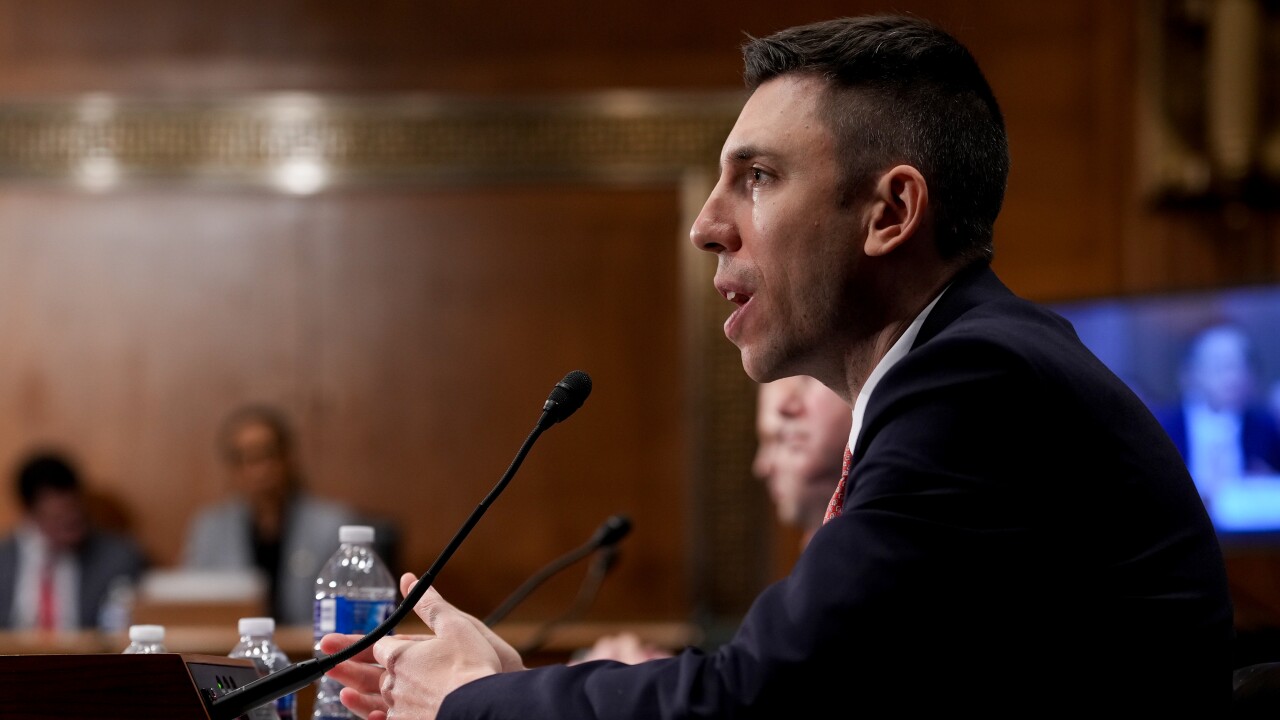The refrain is familiar by now—health care payments are more complicated than consumer payments and require
Health care businesses often order and pay for supplies in a manner that can be relatively decentralized, disorganized and surprisingly inefficient.
The current structure can result in "different physicians at a medical practice making a bunch of different orders for latex gloves or swabs, all from different vendors that all charge different amounts and ship differently," said Tommy Bentson, vice president of customer success at Basware, an Espoo, Finland-based company that offers purchase-to-pay, electronic invoicing and other financing services.
While companies like
Bentson argues purchase-to-pay, which connects procurement and invoicing with business flow, can help health care companies streamline supply chains. Purchase-to-pay is not a new supply chain model, but it is uncommon in health care, mostly because providers cling to paper-based transactions and manual processing, according to Bentson.
For health care, that difference is the decentralized purchases—doctors at a practice usually order supplies themselves or through nurses, creating a mismatch of need and supply. They also pay differently, with a mix of check, card or wires depending on the specific order.
"Also, the supplies themselves are different," Bentson said. "You have antivirals and controlled substances that have an expiration date, as well as the possibility that you may run out. You have to keep an on the supply and expiration date to optimize your inventory."
There are also changes in the technology that powers purchase-to-pay that make it easier to access on mobile devices, and as such potentially more usable for medical staff, Bentson said.
The cloud-hosted technology enables mobile access for inventory tracking, ordering and payments. Nurses and clinic workers are not in front of a computer, Bentson said, so they often order supplies "on the fly."
Access to a mobile device allows staff to view a digital catalogue that has approved supplies from preferred vendors—shopping, ordering, payment and shipment can all happen from the same app, similar to any other e-commerce site but with features customized for health care offices.
Trilogy Health Services, a Louisville, Ky.-based senior health care and hospitality provider, hopes to gain leverage with vendors via the addition of the payment and supply technology.
"The [technology] will also provide a faster turnaround for processing invoices, enabling us to capture fast pay discounts and negotiate them in the future," said Mike McGrath, director of purchasing at Trilogy, who said Trilogy used a manual budget and purchase order system tied to a back office accounting program that didn't provide much oversight into purchases.
"[The upgrade] will have a true approval process in place that will allow our administrators to approve orders prior to being placed, rather than approving invoices after the fact," McGrath said.
For a billing automation technology company like Basware, the opportunity is to expand on the value of digitizing invoices, said Nancy Atkinson, a senior analyst at Aite.
"Any company with multiple purchasers is likely to encounter sub-optimal purchasing and inventory management," Atkinson said. "Basware can provide insight into these purchasing practices and enable companies to control these key processes."





